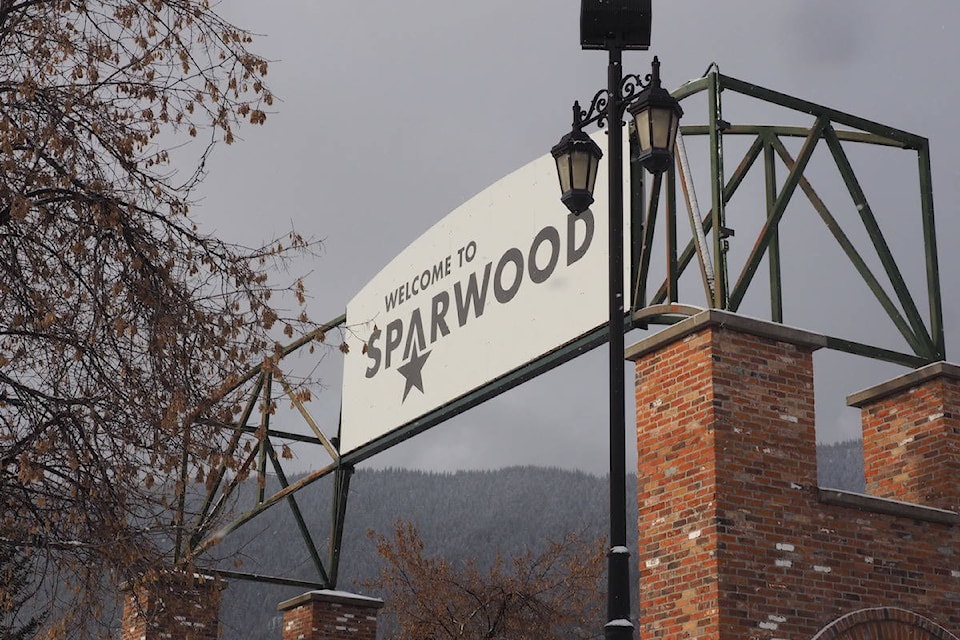2020 was a “busy build season” in Sparwood, according to a district report, with 72 new permits issued over the year.
While the permits were down from 2019, the value of construction permits issued increased significantly to over $10 million compared to less than $8 million in construction permit value in 2019.
The report noted significant constraints on supplies due to the pandemic.
“There was a significant increase in building costs throughout the area, and the country, seeing increases of 4% from 2019 to the third quarter of 2020. This is likely due to the limited production of lumber from mill closures and an increase in demand. Overall, there was a reduction in materials production due to Covid-19 hygiene restrictions and closure due to exposure risk,” reads the report.
Breaking down the permits showed that 59 of the 72 issued were for residential projects, of which nine were new construction projects with a total construction value of over $3 million.
In another report, the vacancy rate in the district has risen from a low of 1.3 per cent in 2019, to 3.4 per cent in 2021.
“This is down from a record high of 19.2 per cent in 2017, but slightly higher than the 2020 vacancy at 2.3 per cent,” reads the report from district planning department staff.
“The actual vacancy rate may be slightly lower or higher as not all property managers reported their data back to staff before the drafting of this report (16 out of 17 contacted provided data). This trend is consistent with anecdotal accounts from property managers who report very few available housing options and residents seeking housing that express high demand.”
The report went on to say that a wildly fluctuating vacancy rate in Sparwood over the last 21 years could be the result of the districts dependency on one major industry - coal mining, and as a result, the price of coal.
“This generally creates more uncertainty and fluctuation in housing demand over time.”
According to district staff, the low vacancy rate was a good indicator for demand, but a bad metric for the community.
“At this low of a vacancy rate, individuals looking for accommodation in Sparwood are likely not able to find it quickly and may choose another community to live in as a result.”
READ MORE: What’s in a brand? Sparwood logo turns 10
scott.tibballs@thefreepress.ca
Like us on Facebook and follow us on Twitter
